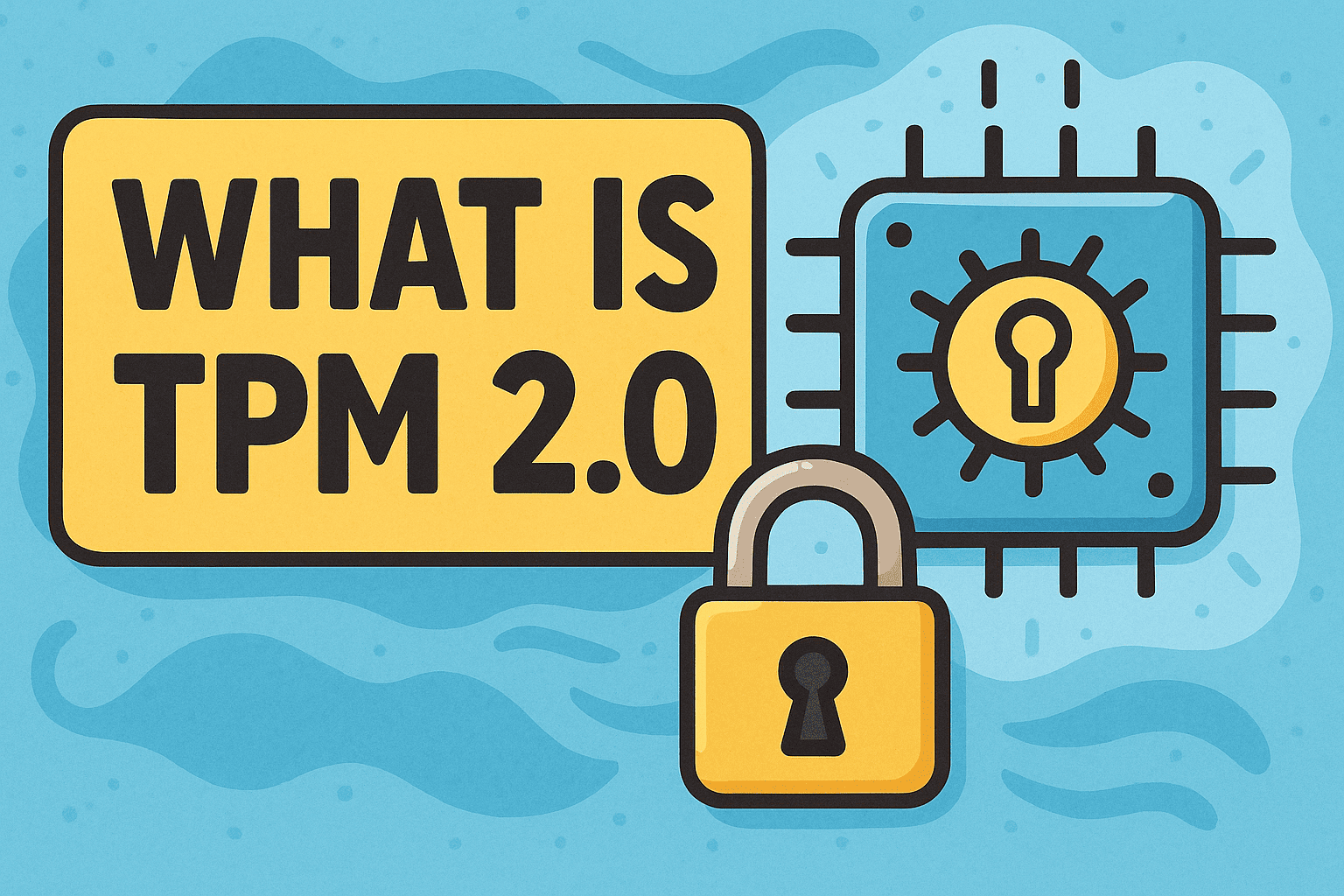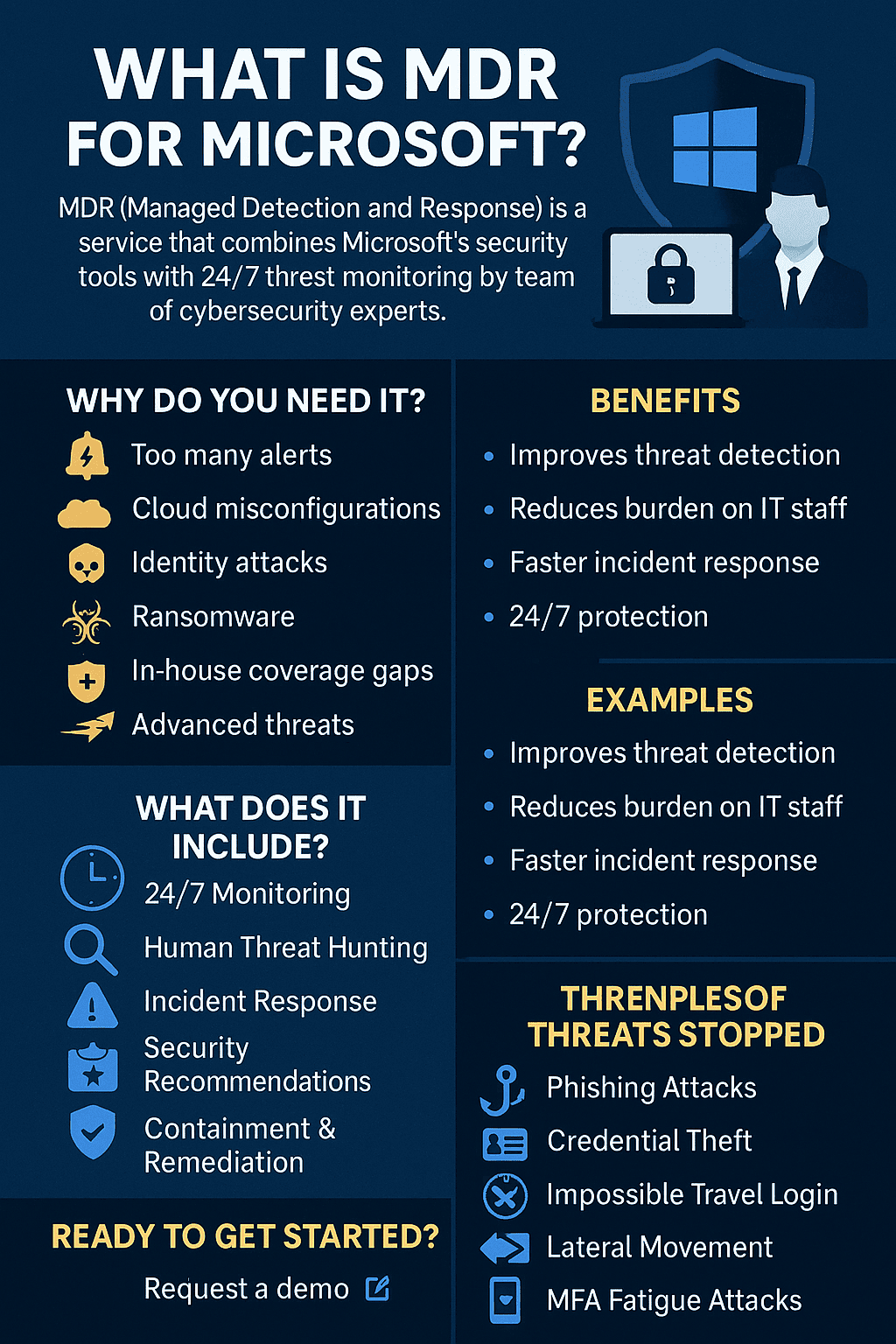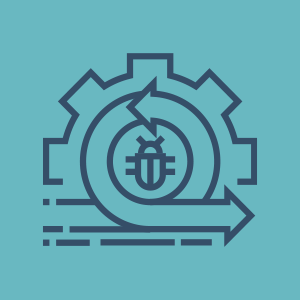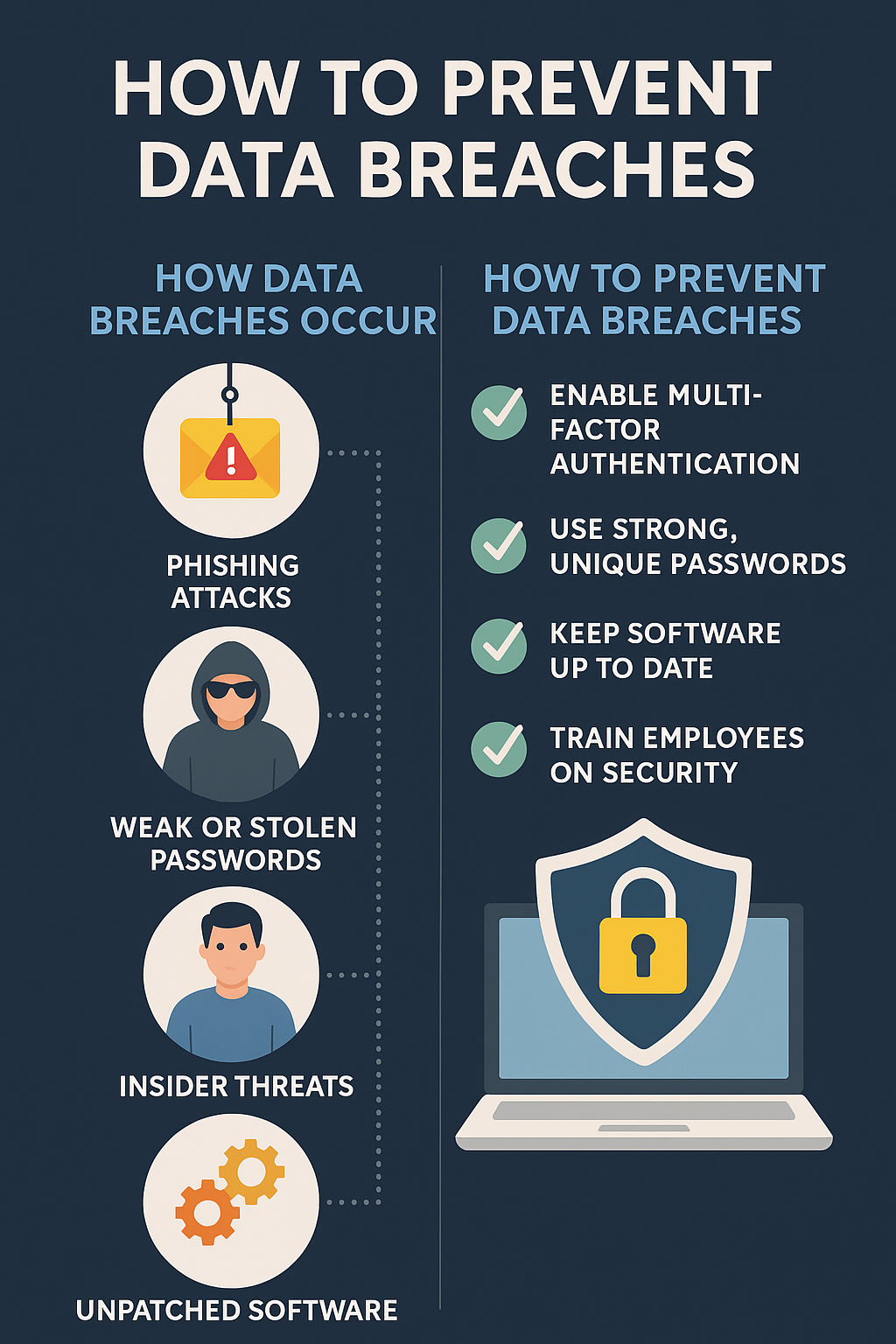What is Cloud in Cloud Computing? A Complete Beginner-to-Pro Guide
Updated on August 13, 2025, by Xcitium
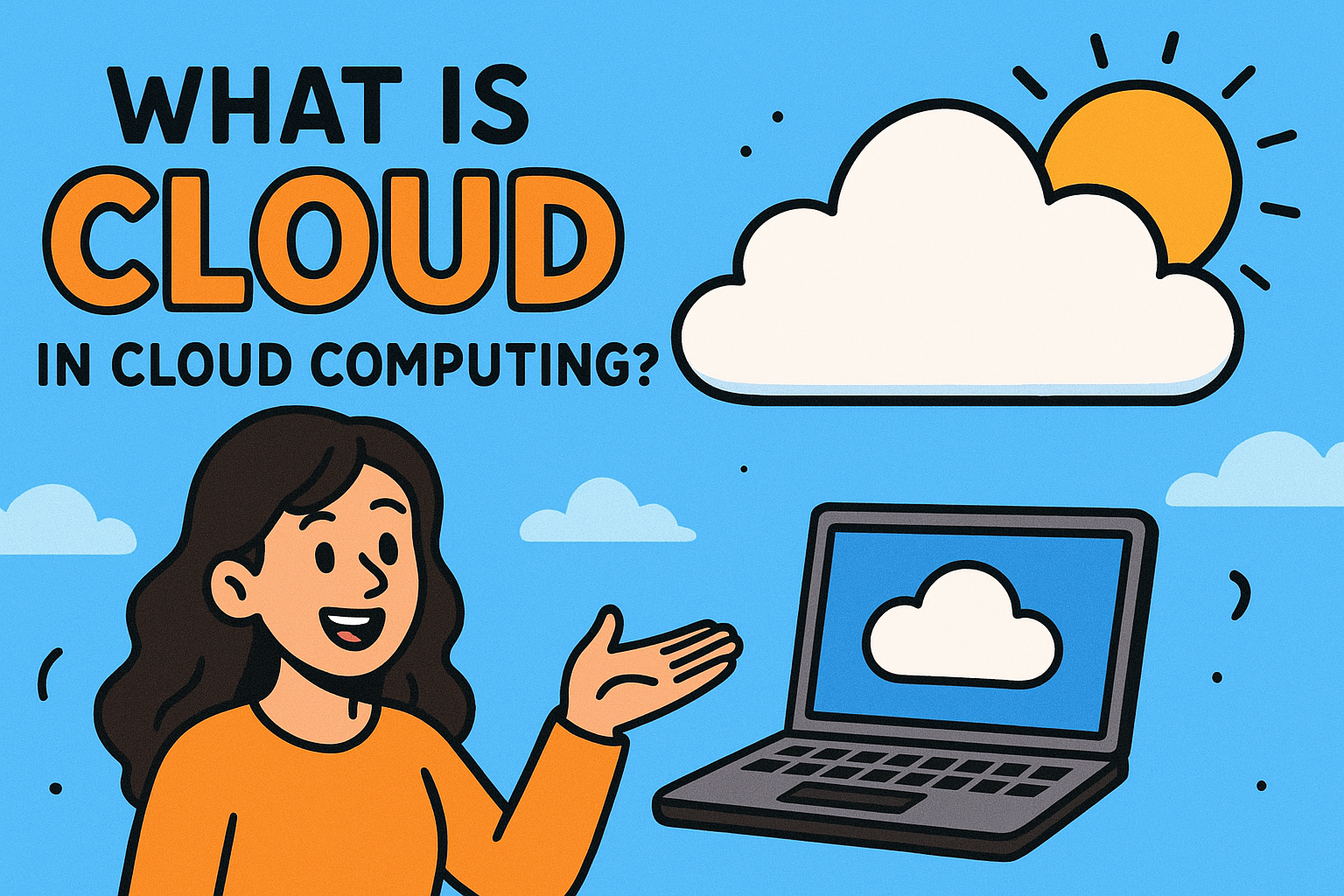
If you’ve ever saved a file to Google Drive or streamed a movie on Netflix, you’ve used “the cloud” — but what is cloud in cloud computing exactly? For IT managers, cybersecurity experts, and CEOs, understanding the cloud is more than just tech jargon; it’s about leveraging scalable resources, reducing costs, and enabling secure remote operations.
In this guide, we’ll explore the core concept of the cloud, its types, benefits, risks, and how it’s shaping industries worldwide.
Defining the Cloud in Cloud Computing
The “cloud” refers to a network of remote servers hosted on the Internet, used to store, manage, and process data — rather than relying solely on local servers or personal devices.
Key characteristics include:
- On-demand availability of computing resources.
- Scalability to meet user needs.
- Managed services maintained by cloud providers like AWS, Azure, or Google Cloud.
How Cloud Computing Works
Cloud computing delivers services through data centers connected globally. Users access applications, data, and tools through the internet, while the backend — storage, networking, security — is handled by the provider.
The process involves:
- Front-End Access – Web browsers, apps, or APIs.
- Cloud Infrastructure – Servers, networking hardware, virtualization software.
- Service Delivery – SaaS, PaaS, IaaS models.
Types of Cloud in Cloud Computing
1. Public Cloud
Managed by third-party providers and shared across multiple clients. Example: Microsoft Azure.
2. Private Cloud
Dedicated infrastructure for a single organization, offering more control and security.
3. Hybrid Cloud
Combination of public and private cloud, allowing flexibility and workload distribution.
4. Multi-Cloud
Use of multiple cloud providers to avoid vendor lock-in.
Benefits of the Cloud
- Cost Efficiency – Pay-as-you-go pricing.
- Scalability – Expand resources instantly.
- Accessibility – Work from anywhere with an internet connection.
- Disaster Recovery – Enhanced backup and redundancy.
Security Considerations for Cloud Computing
Cloud adoption brings cybersecurity challenges like:
- Data breaches and unauthorized access.
- Misconfigured storage services.
- Compliance risks (GDPR, HIPAA).
Best Practices:
- Implement multi-factor authentication (MFA).
- Encrypt data in transit and at rest.
- Regularly audit cloud configurations.
Real-World Use Cases of Cloud
- Cybersecurity Operations – Storing and analyzing threat data in real time.
- Business Intelligence – Cloud-hosted dashboards and analytics.
- Remote Work Solutions – Virtual desktops and SaaS tools.
FAQ: What People Ask About the Cloud
- Is the cloud the same as the internet?
No. The cloud uses the internet as a delivery method, but it’s a network of data centers providing computing resources. - Can cloud computing work without the internet?
Generally no, unless you have a local private cloud infrastructure. - Is cloud computing safe?
Yes, when managed properly with encryption, MFA, and compliance controls. - What’s the biggest advantage of the cloud?
Scalability and flexibility in resource management. - Can I run my business entirely on the cloud?
Yes, many companies operate fully cloud-based today.
Final Thoughts
Understanding what is cloud in cloud computing is essential for anyone in the digital era. From cost savings to improved scalability and security, cloud adoption can transform business operations. However, success depends on choosing the right cloud type and enforcing strong cybersecurity measures.
Ready to Enhance Your Cloud Security?
Request a Free Demo with Xcitium to explore next-gen cloud security and endpoint protection.




